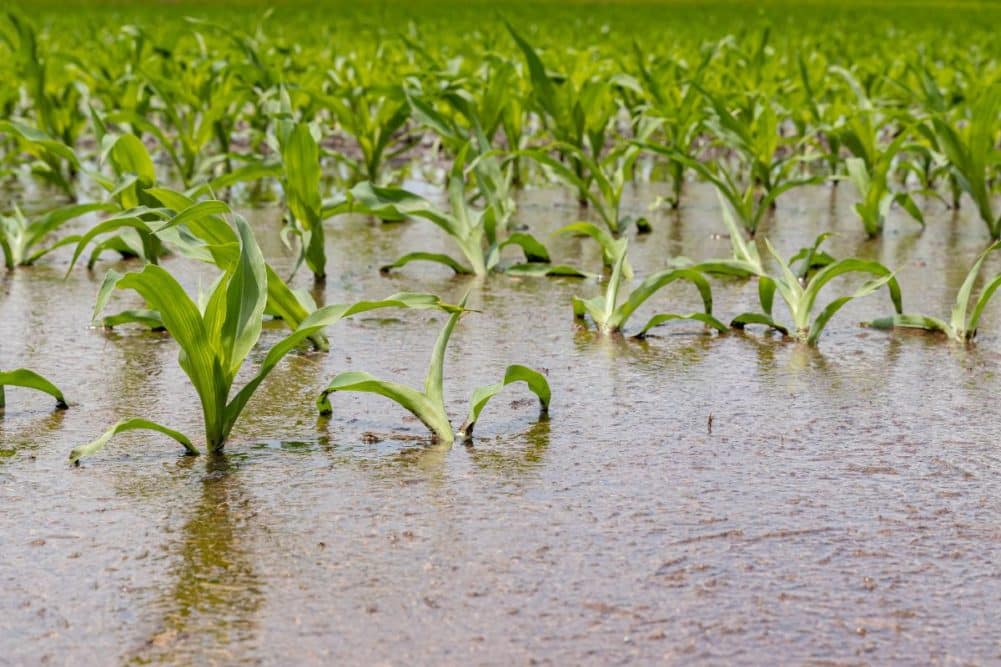
Weather typically is the main force affecting agricultural commodity markets, from planting in the spring (or fall for winter wheat) to harvest in the fall (or summer for winter wheat), especially during the growing season for all crops.
The most recent examples were from Russia, the world’s largest wheat exporter, and Brazil, the world’s largest soybean and sugar grower and exporter and a major corn export competitor to the United States.
Dry conditions and widespread frost damage in Russia sent US wheat futures soaring in May, only to come crashing down in June as lowered wheat production estimates began to be raised amid indications exports would be fulfilled. Adding pressure was the early and rapidly advancing US winter wheat harvest. A few weeks earlier, flooding in Brazil threatened soybean harvest, and some corn production also supported corn and soybean futures prices, but those, too, have since declined, in part due to strong early-season crop condition ratings for the US corn and soybean crops.
This year’s weather outlook taken in its entirety is expected to be mostly favorable during the summer growing season in the United States and Canada. That was the message delivered by meteorologist Drew Lerner, president and founder of World Weather Inc., Overland Park, Kansas, US, at the annual Sosland Purchasing Seminar in early June. But that doesn’t mean there won’t be some weather “hiccups” along the way, and conditions can change rapidly.
Iowa, the nation’s largest corn growing state and second largest soybean state (after Illinois), went from various levels of dry or drought conditions early in the spring to severe flooding in the northwest (along with southeast South Dakota and southwest Minnesota) in the past week after 4 to 8 inches and as much as 15 inches of rain fell in some areas, per the National Weather Service.
Corn can take an amazing amount of abuse from flood waters, depending on the size of the crop at the time and how long water covers the soil (blocking oxygen to roots can kill plants). Soybeans are less sturdy. Chicago soybean futures traded higher June 24 because of the Upper Midwest flooding and expectations for more, while corn futures price changes were mixed. Yields for both crops likely will be reduced in the region.
Drought.gov said the government’s national integrated drought information system, (also called the Crop Moisture Index), the top third of Iowa was wet to excessively wet and the middle third and western third were abnormally moist to wet as of June 22. Also, abnormally moist to excessively wet as of June 22 were all of Tennessee and Kentucky, the southern half of Missouri, southern portions of Illinois, Indiana and Ohio and all of Pennsylvania and northeast Ohio. That was a concern for the soft red winter wheat growers as rain during harvest or wet conditions can reduce grain quality and increase disease problems.
Meanwhile, parts of Arkansas, Oklahoma and Nebraska and nearly all of Kansas were sweltering under 100°F plus temperatures in late June. That provided for a speedy winter wheat harvest ahead of forecast showers in the southern Plains in early July, but it also raised concerns about the fall row crops.
The US Department of Agriculture (USDA), in its Crop Progress report, said winter wheat was 40% harvested in the 18 major wheat states as of June 23, well ahead of 21% a year earlier and 25% as the 2019-23 average for the date. Both soft red winter and hard red winter states were mostly well ahead of the average pace.
Meanwhile, crop condition ratings slipped in the week ended June 23, with good-to-excellent ratings for spring wheat at 71% compared with 76% a week earlier, corn at 69% (72%) and soybeans at 66% (70%). All three were well above year-ago ratings.
July is the most critical time for corn in the Midwest as the yield-making pollination (silking) phase occurs, with wet but not too hot conditions ideal. Four percent of the crop was in that stage as of June 23. The most critical time for soybeans is August, which is the yield-making pod-setting stage.
